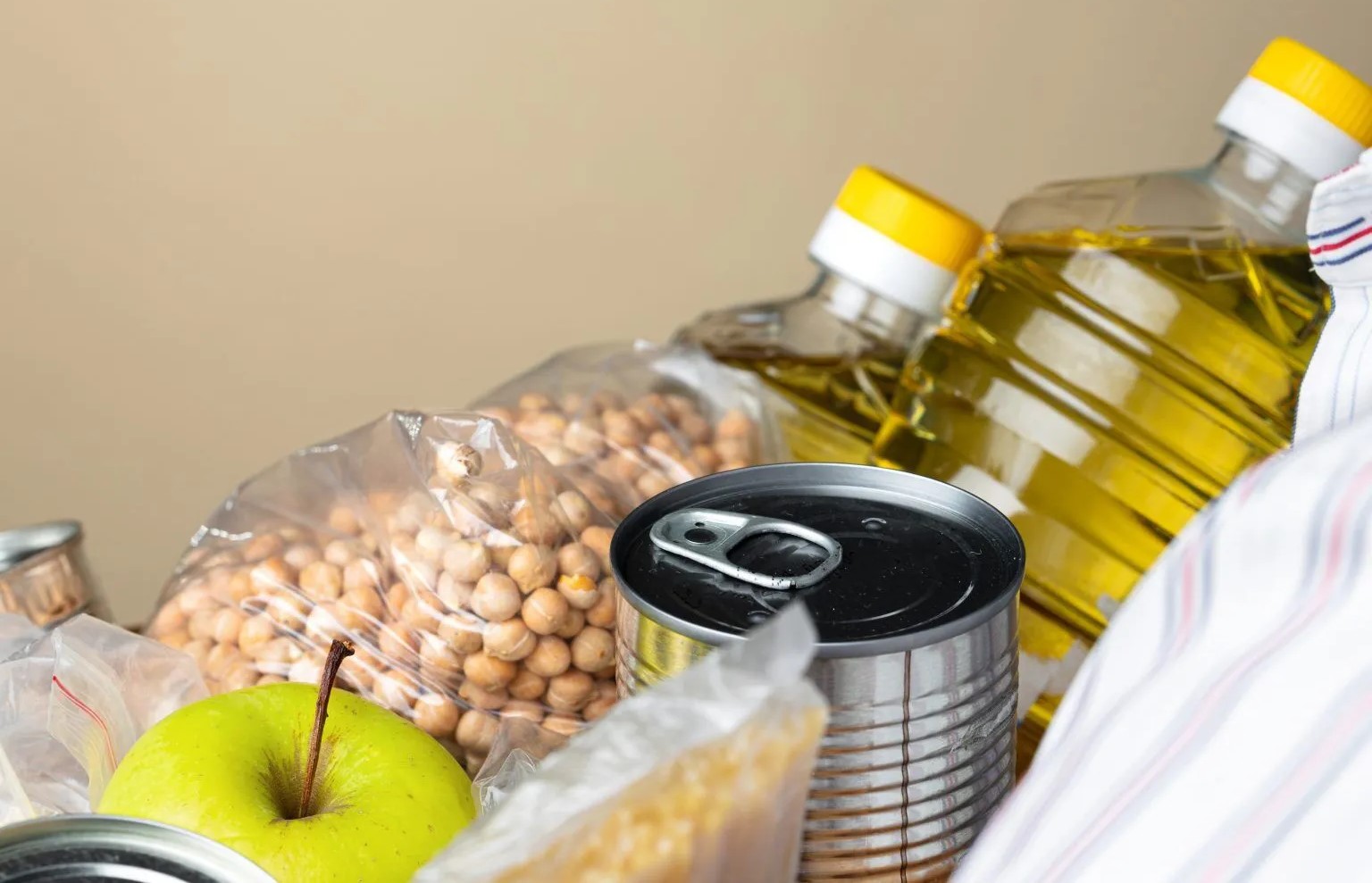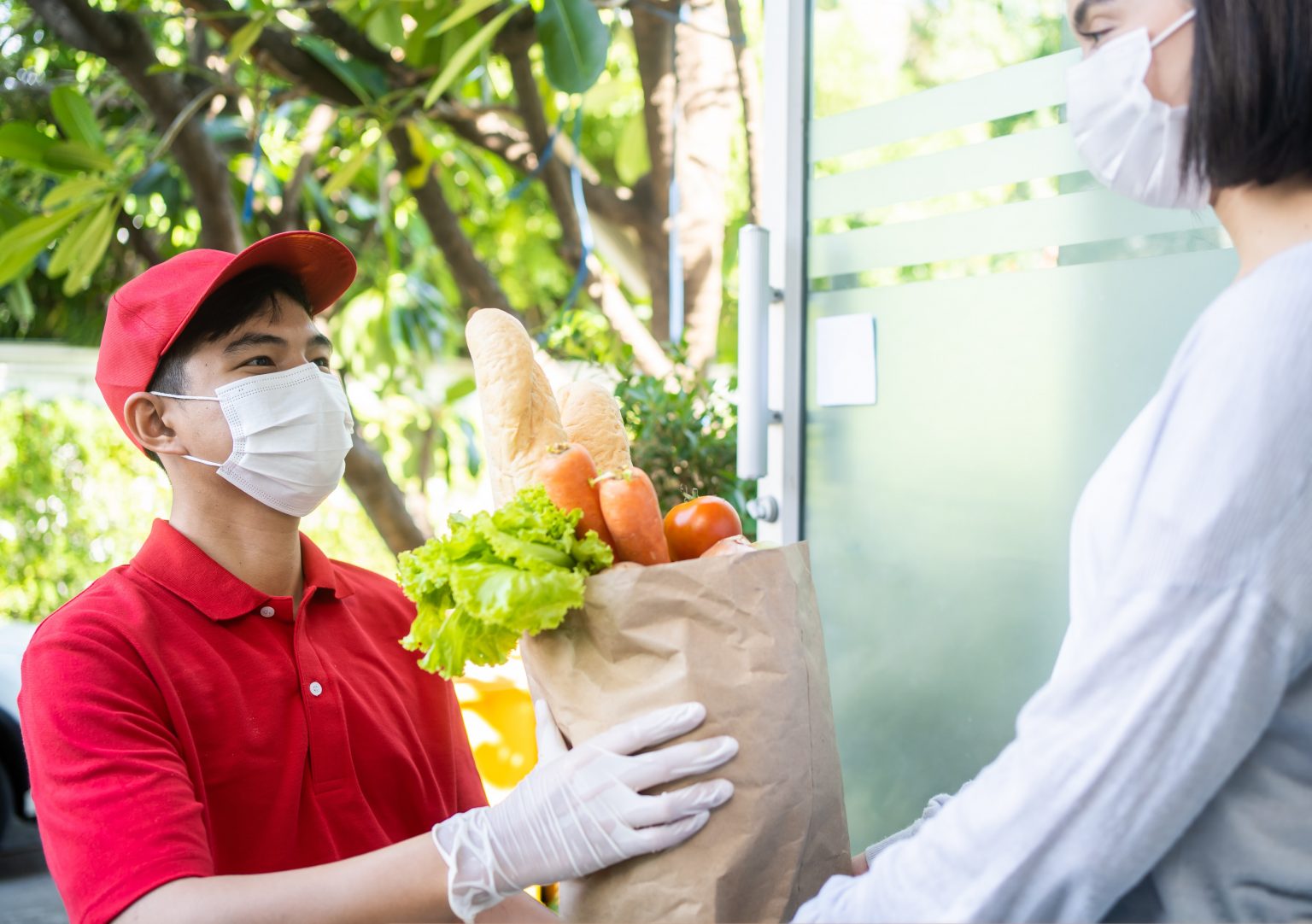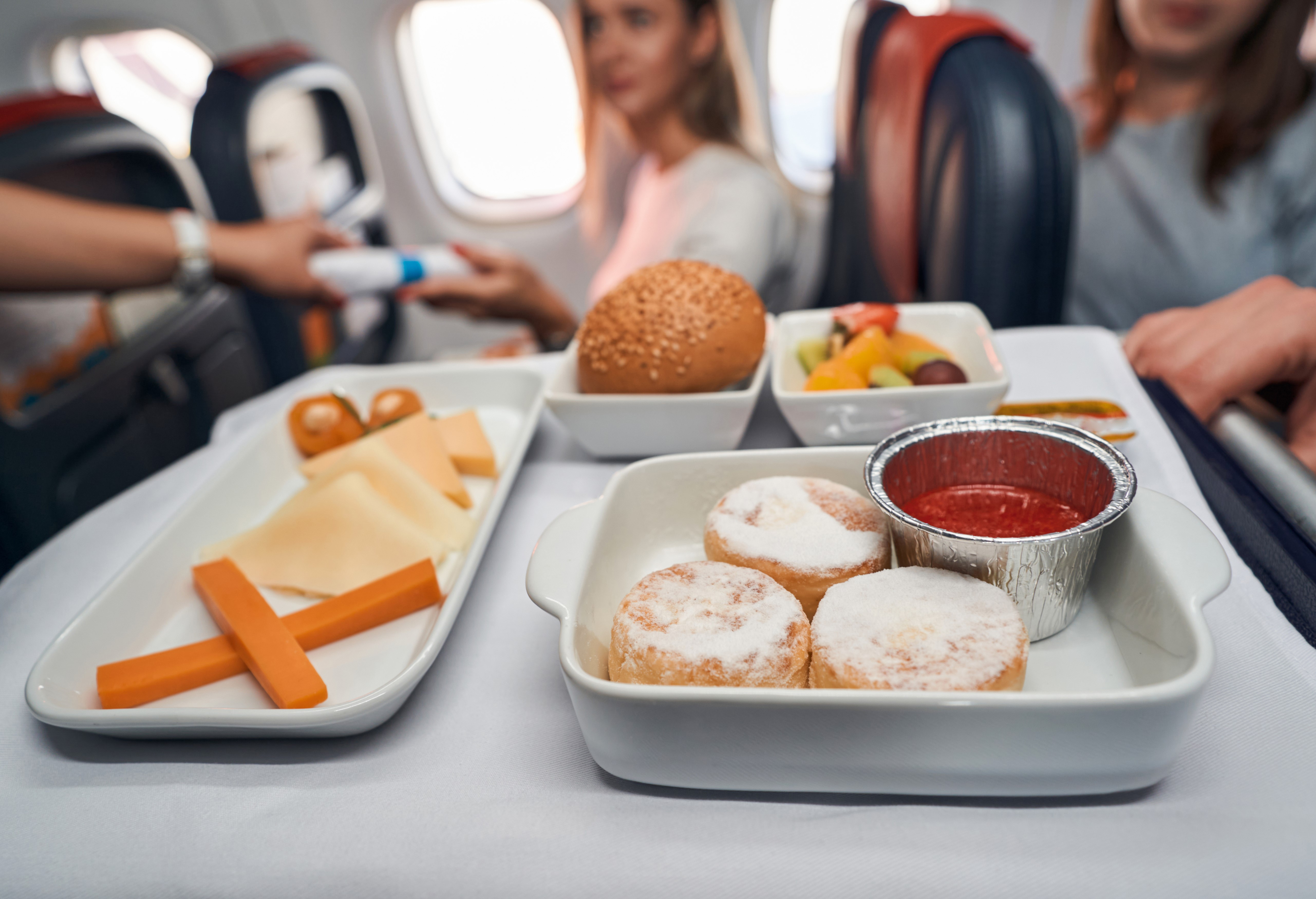Last Updated on August 29, 2024 by Admin
Table of Content
- Food Hygiene Course Answers
- Food Tech Questions and Answers
- Food Safety Questions for Students
- HACCP Quiz Questions and Answers
- Quiz: Food Safety Multiple Choice Questions
- Conclusion
Food safety and hygiene are paramount in the food industry, ensuring the health and well-being of consumers. However, navigating the complexities of food safety can sometimes be challenging, especially for students and professionals in the field. In this article, we’ll reflect on some crucial food safety questions and answers and quiz you on your knowledge to test your understanding.
Food Hygiene Course Answers
Q.1 – What are the four C’s of food hygiene?
Ans – The four C’s of food hygiene are Cleaning, Cooking, Chilling, and Cross-contamination.
Q.2 – Why is handwashing important in food hygiene?
Ans – Handwashing is crucial in food hygiene as it prevents the spread of harmful microorganisms from hands to food, reducing the risk of foodborne illnesses.
Q.3 – When cooking chicken, what is the recommended lowest temperature for the chicken’s internal temperature?
Ans – The recommended minimum internal temperature for cooking chicken is 165°F (74°C).
Q.4 – How should you store raw meats in the refrigerator?
Ans – Store raw meat at the bottom shelf of the refrigerator to prevent cross-contamination with ready-to-eat foods.
Q.5 – What should you do if you have a cut or wound on your hands while handling food?
Ans – If you have a cut or wound on your hands, you should cover it with a waterproof bandage and wear disposable gloves while handling food.
Food Tech Questions and Answers
Q.1 – What is the purpose of food technology in the food industry?
Ans – The purpose of food technology in the food industry is to apply scientific knowledge and techniques to develop, process, preserve, and improve food products.
Q.2 – How can food technology help in creating healthier food options?
Ans – Food technology can help create healthier food options by developing innovative techniques to reduce fat, salt, and sugar content in food products while retaining taste and nutritional value.
Q.3 – What is food fortification?
Ans – Adding vital vitamins, minerals, or other nutrients to food products is food fortification. It is done to treat nutritional deficiencies that are prevalent in the population.
Q.4 – How does food technology contribute to food safety?
Ans – Food technology contributes to food safety by implementing quality control measures, ensuring proper food processing, and using food additives to enhance shelf life and prevent microbial contamination.
Q.5 – What are some examples of food technology innovations?
Ans – Examples of food technology innovations include freeze-drying, pasteurization, genetically modified organisms (GMOs), and high-pressure processing (HPP).
Food Safety Questions for Students
Q.1 – How can students prevent foodborne illnesses while packing their lunches for school?
Ans – Students can prevent foodborne illnesses by using insulated lunch boxes with ice packs to keep perishable foods cold, washing hands before handling food, and avoiding sharing food with classmates.
Q.2 – Why is it essential to rinse fruits and vegetables before consumption?
Ans – Rinsing fruits and vegetables with running water helps remove dirt, pesticides, and harmful bacteria, reducing the risk of foodborne illnesses.
Q.3 – What should students do if they suspect food poisoning after eating at a school cafeteria?
Ans – Students should inform a teacher or school staff immediately if they suspect food poisoning after eating at a school cafeteria. The school can take appropriate actions and report the incident to health authorities.
Q.4 – What are some safe food-handling practices that students can follow at home?
Ans – Safe food handling practices for students at home include:
• Washing hands before and after handling food.
• Keep raw and cooked food on completely separate cutting boards.
• Refrigerating leftovers promptly.
HACCP Quiz Questions and Answers
Q.1 – What is the primary goal of HACCP?
Ans – The primary goal of HACCP (Hazard Analysis Critical Control Points) is to identify and control potential hazards in food processing to ensure food safety.
Q.2 – What are the seven principles of HACCP?
Ans – The seven principles of HACCP are:
• Conduct a hazard analysis
• Identify critical control points
• Establish critical limits
• Establish monitoring procedures
• Establish corrective actions
• Establish verification procedures
• Establish record-keeping and documentation procedures
Q.3 – Why is HACCP important in the food industry?
Ans – HACCP is essential in the food industry as it helps prevent foodborne illnesses, ensures compliance with food safety regulations, and maintains the quality and safety of food products.
Q.4 – How often should HACCP plans be reviewed and updated?
Ans – HACCP plans should be reviewed and updated regularly, at least once a year, or whenever there are changes in processes, ingredients, or regulations.
Quiz: Food Safety Multiple Choice Questions
Let’s test your food safety knowledge with the following quiz. Choose the correct option:
Q.1 – What is the correct temperature for storing perishable foods to slow the growth of harmful bacteria?
A) 32°F to 50°F (0°C to 10°C)
B) 40°F to 140°F (4°C to 60°C)
C) -10°F to 32°F (-23°C to 0°C)
D) 140°F to 180°F (60°C to 82°C)
Q.2 – What is the danger zone temperature range for food storage?
A) 32°F to 50°F (0°C to 10°C)
B) 40°F to 140°F (4°C to 60°C)
C) -10°F to 32°F (-23°C to 0°C)
D) 140°F to 180°F (60°C to 82°C)
Q.3 – How can cross-contamination be prevented?
A) By using the same cutting board for raw meats and vegetable
B) By washing hands for 5 seconds before handling food
C) By storing raw and cooked foods together in the refrigerator
D) By using separate utensils and cutting boards for raw and cooked foods
Q.4 – What does HACCP stand for?
A) Healthy and Clean Cooking Practices
B) Hazard Analysis and Critical Control Points
C) High Accuracy in Culinary Cuisine Preparations
D) Home and Commercial Cooking Protocols
Q.5 – What should you do if you find mould on a piece of bread?
A) Remove the mouldy part and eat the rest
B) Throw away the entire loaf.
C) Microwave the bread to kill the mould
D) Store the bread in the refrigerator to slow down mould growth
Answers to the Quiz:
1. B) 40°F to 140°F (4°C to 60°C)
2. B) 40°F to 140°F (4°C to 60°C)
3. D) By using separate utensils and cutting boards for raw and cooked foods
4. B) Hazard Analysis and Critical Control Points
5. B) Throw away the entire loaf
Conclusion
Food safety and hygiene are critical aspects of the food industry, ensuring consumer health and well-being. We can protect ourselves and others from foodborne illnesses by following basic principles, such as proper handwashing, safe food storage, and preventing cross-contamination. The HACCP system helps identify and control potential hazards, ensuring food processing meets the highest safety standards. Remember to stay informed and regularly update your knowledge of food safety practices.













